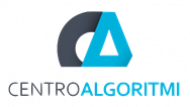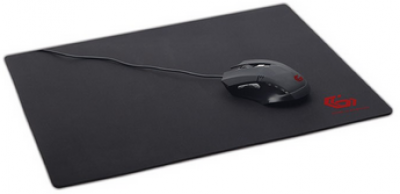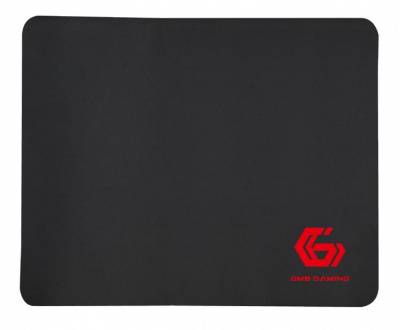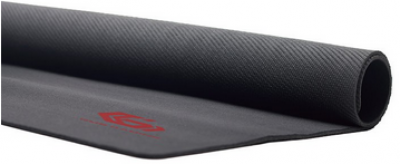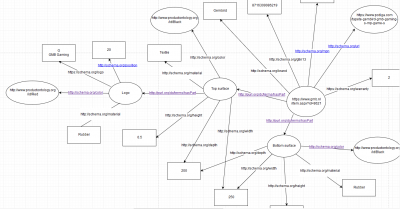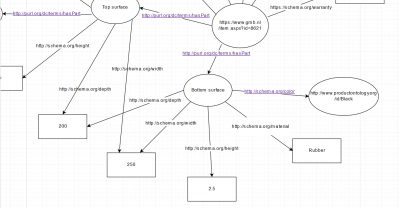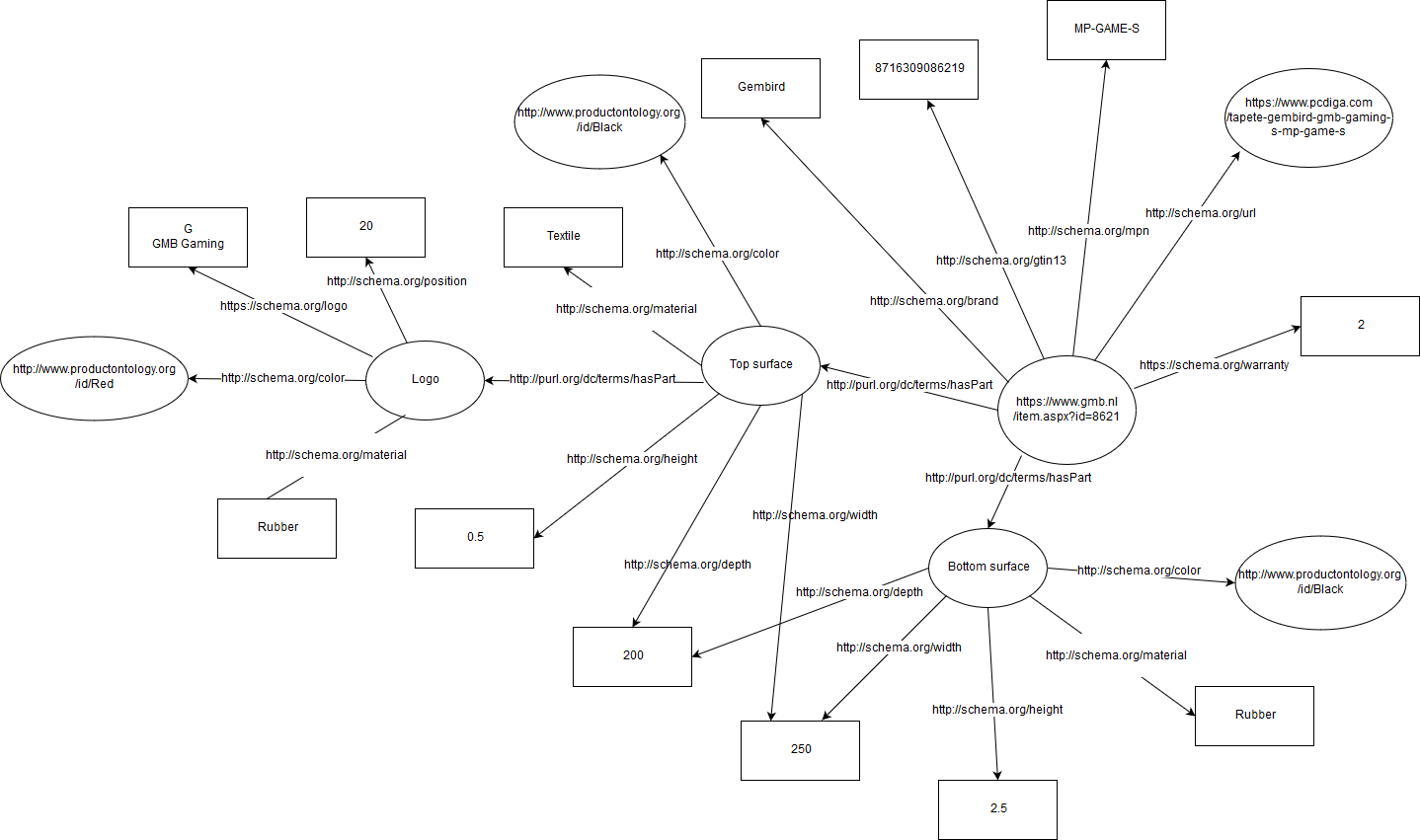Ferramentas de Utilizador
Tabela de Conteúdos
Universidade do Minho
Ph.D. Programme in Advanced Engineering Systems for Industry
Course of Information, Visualization, and Advanced CAD Systems (IVACS)
Report on a Mouse Pad
October 2018
Authors: Ali Abasi; Ariana Araújo; Marcelo Henriques.
Professors: Ana Alice; João Mendonça.
1. Introduction
The present report describes the work developed for the Information, Visualization, and Advanced CAD Systems (IVACS) course, of the Advanced Engineering Systems for Industry Ph.D Programme; a partnership between University of Minho and Bosch Car Multimedia S.A., both based in Portugal.
The focus of this work is to study, develop, and present the Resource Description Framework (RDF) for the chosen product: a computer mouse pad, a typical computer peripheral to place the computer mouse on, in order to obtain a better contact surface, to achieve a smoother and more precise mouse movement.
The report starts by presenting the product under analysis, presents the developed graph for the product under analysis, and on Chapter 4. the tables detailing each attribute for the product are shown.
The attribute selection was done based on the product itself, and on the online shopping semantic; e.g. Part Number, or Brand. On the other hand, some attributes for manufacturing are required, in order to have the Bill Of Materials (BOM). This is a very important component for the industrialization process of every product, namely: dimensions, position, processes, among other; which are crucial for the production of a given product.
Linked Open Data is an important step for a connected World, in both the so-called ‘smart city’, where connected devices provide relevant and important information which is directly related to the current task / environment; but also for the ‘mass customization’ challenge, where factories have to produce on-demand products, which every was tailor-made for a given client, but in a large scale. Only through Linked Open Data we can achieve good results, in order for a computer to be able to interpret information, link it to other information, and take relevant decision. Such decisions can be defining which processes will be made in the production of a custom product, or suggesting another product for a customer to buy.
Dublin Core Metadata Initiative (DCMI) [1] is an example of an organization which is actively supporting innovation in the metadata design process, and established best practices across many fields. Such initiatives are important to established common grounds between different scientific / economical fields, but also to promote the use of this new paradigm.
Only through the use of Linked Open Data can we have a truly connected World, where computers will be able to “read” information, and provide us with relevant data; within an acceptable time frame.
2. Product
The product chosen was a computer mouse pad. A mouse pad is a computer peripheral to place under the computer mouse, in order to obtain a better contact surface, to achieve a smoother and more precise mouse movement. Figure 1, below, illustrates the mouse pad which served as the basis for the work presented on this report.
Figure 1 – The mouse pad under analysis
The mouse pad is composed by two materials: a textile on the top surface, which has direct contact with the mouse; and a composite material (typically a form of rubber) on the bottom surface, responsible for providing grip to the mouse pad, in order for it to not move easily. The Figure 2 below shows the two surfaces of the mouse pad. The bottom surface, with the logo visible, is the textile one. On the upper part – which is rolled –the composite surface is visible.
Figure 2 – The textile and composite surface of the mouse pad
Another component of the mouse pad under analysis is the logo. The logo is visible in both above images, on Figure 1 on the bottom left corner; while on Figure 2 is on the bottom middle part of the image.
3. Graph
In this chapter, the developed graph for the product under analysis is presented and analyzed. The complete graph was divided into three sub-graphs: the product itself, the top surface (the textile material), and the bottom surface (the composite material). This was made to ease the understanding of the graph by the reader. The darker corners of the sub-graphs enhances were the complete graph was cut. The complete graph can be seen in Graph 4, located on Chapter 7. Appendixes. The sub-chapters below describe each component of the product, by analyzing each sub-graph.
3.1 Product
Graph 1, below, shows the component of the main graph which details the product itself.
Graph 1 – Product itself
The product itself has the following attributes: top surface, bottom surface, brand, part number, EAN (International Article Number), product warranty, and the site where the product can be ordered. The two first attributes (top and bottom surface) are related to the parts that compose the product, which is related to the product BOM (Bill Of Materials). The other attributes are general attribute to identify the product in different areas, which e.g. can help a website to implement product filters, e.g. through the brand name.
3.2 Top surface
The sub-graph of the top surface can be seen below, in Graph 2.
Graph 2 – Top surface
The top surface has the following attributes: the material of that surface, the color of the surface, the surface dimensions (using the attributes depth and width), and the thickness of the material. The top surface also has the part logo, which has its own attributes. The attributes of the logo are: the color of the logo, the material of the logo, the logo type, and the position of the logo. This position is related to the mouse pad.
3.3 Bottom surface
The bottom surface sub-graph is illustrated below, in Graph 3.
Graph 3 – Bottom surface
The bottom surface has similar attributes to the top surface, which are: the material of that surface, the color of the surface, the surface dimensions (using the attributes depth and width), and the thickness of the material. It is important to note that the bottom surface dimensions are equal to the top surface dimensions. Thus the attributes depth and width of both surfaces are linked to the same rectangle, which holds the value of those two attributes.
4. Attributes
In this Chapter, the attributes for the product under analysis are enumerated. As in the previous Chapter – 3. Graph – the attributes are also divided into three tables, and sub-chapters: the product itself, the top surface, and the bottom surface.
The tables below contain the following information: the name of the attribute, the term used in the database, the property, the description, the URI for that property, the equivalent property in Wikidata [2] (which is another database for semantic web), and the acceptable values for that attribute.
The acceptable values were a link whenever possible. For instance, color was linked to maintain linked data.
In database selection, the preference was given to Dublin Core Metadata Initiative (DCMI) [1], followed by Schema.org [3]. There was no need to search on additional databases, as all the product attributes that were not found in DCMI, were found in Schema.org. But, it is important to note that the DCMI vocabulary is not oriented to manufacturing products.
Another source of attributes is Product Ontology [4].
4.1 Product
The attributes for the product itself are described in Table 1, below.
Table 1 – Attributes of the product itself
| Atribute Name | Term | Property | Description | URI | Wikidata Equivalent | Acceptable Values |
| Composed of | hasPart | Dcterms:hasPart | A related resource that is included either physically or logically in the described resource. | http://purl.org/dc/terms/hasPart | https://www.wikidata.org/wiki/Property:P527 | Link to top surface / Bottom surface |
| Brand | Brand | Schema:brand | A brand is a name used by an organization or business person for labeling a product, product group, or similar. | http://schema.org/Brand | https://www.wikidata.org/wiki/Property:P1716 | String |
| Part Number | Manufacturing Part Number | Schema:mpn | The Manufacturer Part Number (MPN) of the product, or the product to which the offer refers. | http://schema.org/mpn | https://www.wikidata.org/wiki/Q3879409 | String |
| EAN | gtin13 | Schema:gtin13 | The GTIN-13 code of the product, or the product to which the offer refers. This is equivalent to 13-digit ISBN codes and EAN UCC-13. | http://schema.org/gtin13 | https://www.wikidata.org/wiki/Q357404 | Integer[13] |
| Product warranty | warranty | Schema:warranty | The warranty promise(s) included in the offer. | http://schema.org/warranty | https://www.wikidata.org/wiki/Q6007352 | Integer; Min=0 Max=10 |
| Order web site | url | Schema:url | URL of the item. | http://schema.org/url | https://www.wikidata.org/wiki/Property:P854 | https://www.pcdiga.com/tapete-gembird-gmb-gaming-s-mp-game-s |
4.2 Top surface
Table 2, below, describes the attributes for the top surface.
Table 2 - Attributes of the top surface
| Atribute Name | Term | Property | Description | URI | Wikidata Equivalent | Acceptable Values |
| Material Top surface (textile) | Material | Schema:material | A material that something is made from, e.g. leather, wool, cotton, paper. | http://schema.org/material | https://www.wikidata.org/wiki/Q214609 | String |
| Length | Depth | schema:depth | The depth of the item. | http://schema.org/depth | https://www.wikidata.org/wiki/Property:P4511 | [250-900] |
| Width | Width | schema:width | The width of the item. | http://schema.org/width | https://www.wikidata.org/wiki/Property:P2049 | [250-900] |
| Thickness | Height | schema:height | The height of the item. | http://schema.org/height | https://www.wikidata.org/wiki/Q208826 | [0,5-3] |
| Colour top surface (textile) | Color | Schema:color | The color of the product. | http://schema.org/color | https://www.wikidata.org/wiki/Q1075 | http://www.productontology.org/id/Black |
| Material 3 (logo) | Material | Schema:material | A material that something is made from, e.g. leather, wool, cotton, paper. | http://schema.org/material | https://www.wikidata.org/wiki/Q214609 | String |
| Logo | Logo | Schema:logo | An associated logo. | https://schema.org/logo | https://www.wikidata.org/wiki/Q1886349 | |
| Colour Logo | Color | Schema:color | The color of the product. | http://schema.org/color | https://www.wikidata.org/wiki/Q1075 | http://www.productontology.org/id/Red |
| Position of logo | Relative position within image | Property:P2677 | Position of a motif within a larger image, defined by x-offset (from left), y-offset (down from top), width w, and height h of the crop region (as a percentage of the whole image) values. | https://www.wikidata.org/wiki/Property:P2677 | (X; Y) X = [250-900] Y = [250-900] |
4.3 Bottom surface
The attributes for the bottom surface are described in Table 3, below.
Table 3 – Attributes of the bottom surface
| Atribute Name | Term | Property | Description | URI | Wikidata Equivalent | Acceptable Values |
| Bottom surface Material (composite) | Material | Schema:material | A material that something is made from, e.g. leather, wool, cotton, paper. | http://schema.org/material | https://www.wikidata.org/wiki/Q214609 | String |
| Length | Depth | schema:depth | The depth of the item. | http://schema.org/depth | https://www.wikidata.org/wiki/Property:P4511 | [250-900] |
| Width | Width | schema:width | The width of the item. | http://schema.org/width | https://www.wikidata.org/wiki/Property:P2049 | [250-900] |
| Thickness | Height | schema:height | The height of the item. | http://schema.org/height | https://www.wikidata.org/wiki/Q208826 | [0,3-0,7] |
| Color Bottom surface (composite) | Color | Schema:color | The color of the product. | http://schema.org/color | https://www.wikidata.org/wiki/Q1075 | http://www.productontology.org/id/Black |
5. Conclusions
It is important to refer the importance of web semantic, especially when data structure is necessary, thus a standard vocabulary is required. The manufacturing world has many constraints in this topic, still in the IT era. Companies use IT solutions every day, but the linkage among all those solutions is not always implemented / achieved. During the development of the present report, this was clear to the group.
Despite these challenges, all the attributes were found in the chosen databases. But, it is also worth noting, that the product chosen is a simple one.
In a real World application, a product – which seems rather simple – can become very complex regarding the choosing process of attributes, number of attributes, and their relationship. For instance, the example of the mouse pad presented on this report has 20 attributes, which required many hours of research. If a complex example was chosen, this number will increase, thus multiplying the time spent in research.
For example, a complex product like a personal computer can have a huge number of tables, with several attributes. And this number can increase if one does not define well the frontier of analysis, i.e. if one analysis the entire personal computer as a selling product, but then analyses each component with high level of detail, e.g. motherboard down to the transistor; it will require an entire team researching about the matter.
In the author’s opinion, Manufacturing and Linked Open Data communities need to work together, in order to achieve a standardization of semantics. Such movement will strengthen both parties. Linked Open Data will benefit from this endeavor, as this paradigm will spread across multiple industries. Manufacturing will gain from this movement, as this approach will allow a faster, more flexible, and more capable system to manage production. Furthermore, Linked Open Data can improve the entire supply chain of a company.
For other examples of Linked Open Data, it is recommended to see the Wiki [5] of the Department of Information System, from the University of Minho.
6. References
[1][Online]. Available: http://dublincore.org/.
[2][Online]. Available: https://www.wikidata.org/wiki/Wikidata:Main_Page.
[3][Online]. Available: https://schema.org/.
[4][Online]. Available: http://www.productontology.org/.
[5][Online]. Available: http://wiki.dsi.uminho.pt/doku.php?id=lod:linked_open_data.
All these links were last accessed on 25th October 2018, and were fully functional.


